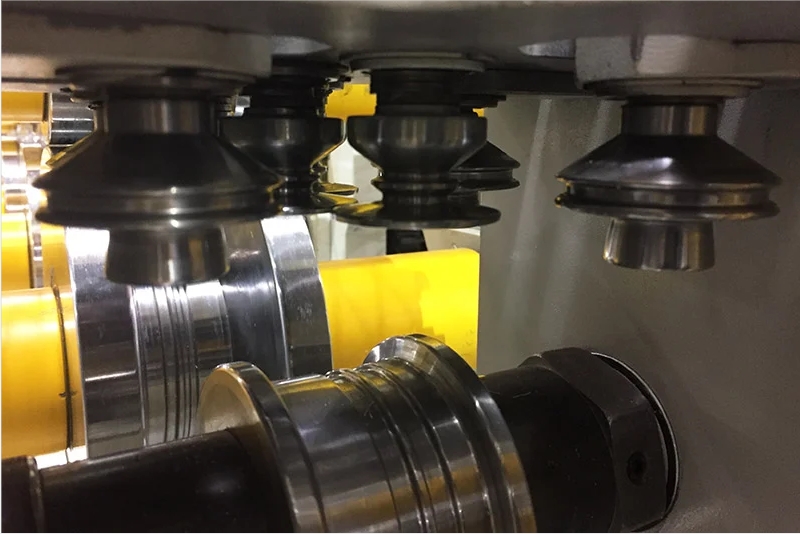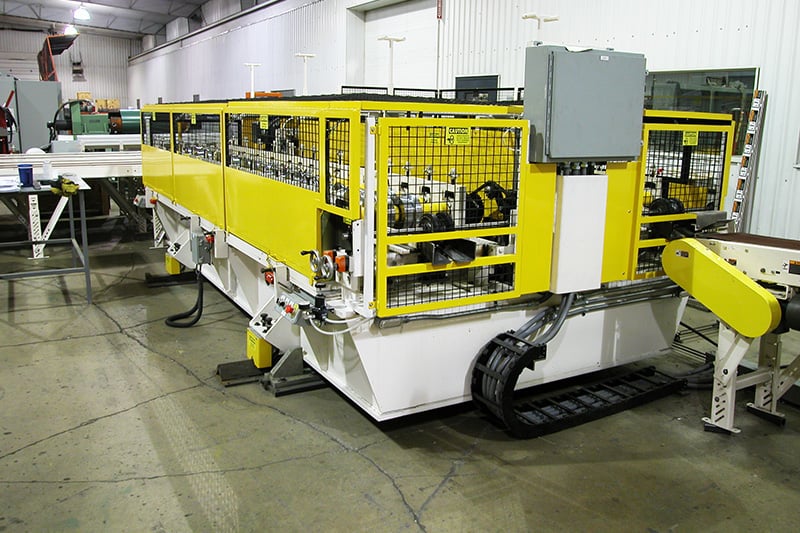Navigation Menu
Contact Us
- Email:
- info@wxavatar.com
- Address:
- Yurong Village, Yuqi Street, Huishan District, Wuxi, China.
Release Date:Oct 25, 2024 Visit:157 Source:ZCM
The heavy gauge roll forming machinery industry is continuously evolving to meet the ever-increasing demands for precision and durability in various manufacturing sectors. As industries such as automotive, aerospace, and construction strive for innovation and efficiency, the need for advanced roll forming machinery that can deliver high-quality products consistently has become more critical. In response, manufacturers of heavy gauge roll forming machinery are investing in upgrades that aim to enhance both precision and durability.

One of the key areas of focus in these upgrades is the improvement of machinery precision. Heavy gauge roll forming involves the shaping of thick metal sheets into complex shapes and structures. To achieve this with high precision, manufacturers are integrating advanced control systems and sensors into their machinery. These systems enable real-time monitoring and adjustment of the roll forming process, ensuring that each component is produced to exact specifications.
The integration of automation and robotics is also playing a significant role in boosting precision. Automated roll forming machines can operate with minimal human intervention, reducing the likelihood of errors and inconsistencies. Furthermore, robotic systems can handle heavy gauge materials with greater precision and control, enabling the production of more intricate designs and complex geometries.
In addition to precision, durability is another critical factor driving upgrades in heavy gauge roll forming machinery. Manufacturers are focusing on enhancing the structural integrity and wear resistance of their machinery components. This includes using high-strength materials and advanced manufacturing techniques such as precision casting and forging. These improvements help to extend the lifespan of the machinery and reduce the frequency of maintenance and repairs.
Moreover, the design of heavy gauge roll forming machinery is also evolving to improve durability. Manufacturers are incorporating features such as adjustable roll gaps, which allow for greater flexibility in processing different materials and thicknesses. This reduces the need for multiple machines to handle a variety of tasks, simplifying the production process and reducing overall costs.
The upgrades in heavy gauge roll forming machinery are not just limited to the hardware components. Manufacturers are also investing in software developments that enhance the functionality and usability of their machines. Advanced CAD/CAM systems, for example, enable more accurate design and simulation of roll forming processes, reducing the need for trial and error during production.
Another significant development in heavy gauge roll forming machinery is the integration of data analytics and machine learning algorithms. These technologies enable manufacturers to collect and analyze vast amounts of data from their machinery, identifying trends and patterns that can lead to improvements in precision and durability. For instance, predictive maintenance algorithms can identify potential issues before they lead to breakdowns, minimizing downtime and ensuring consistent production.
As the heavy gauge roll forming machinery industry continues to evolve, manufacturers are increasingly recognizing the importance of collaboration and innovation. By partnering with customers, suppliers, and research institutions, they can develop tailored solutions that meet specific industry needs and drive continuous improvement.

In conclusion, the upgrades in heavy gauge roll forming machinery aim to boost precision and durability, enabling manufacturers to produce high-quality components consistently. These upgrades include advancements in control systems, automation, materials, design, software, and data analytics. By embracing these developments, manufacturers can stay ahead of the competition and capitalize on the growing demand for precision and durability in various manufacturing sectors.